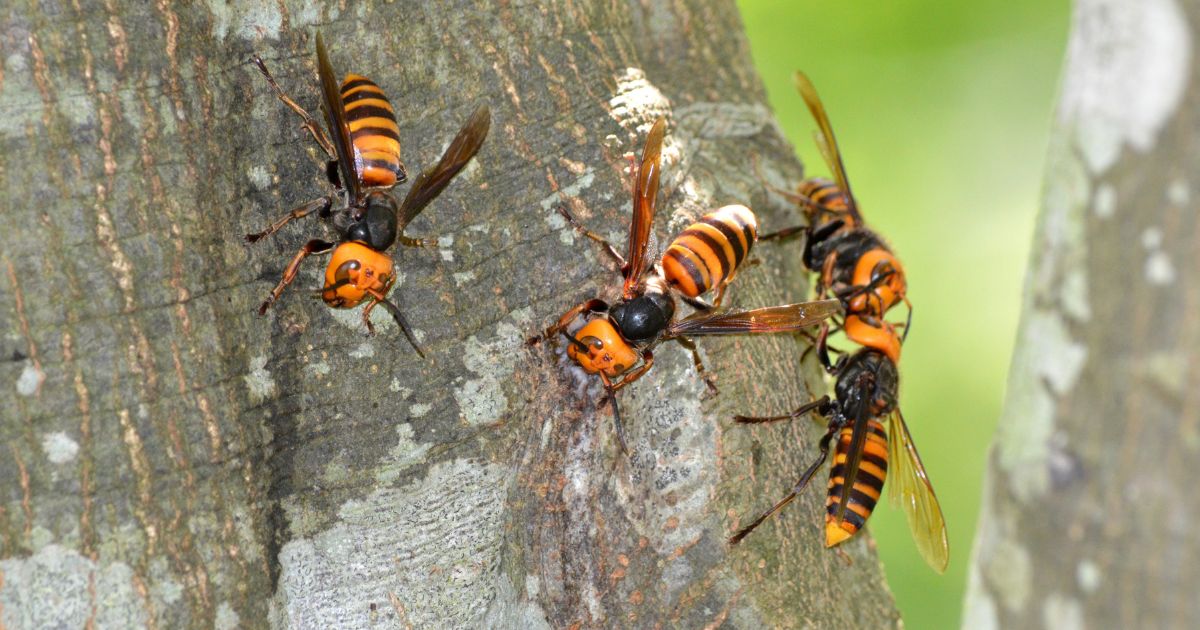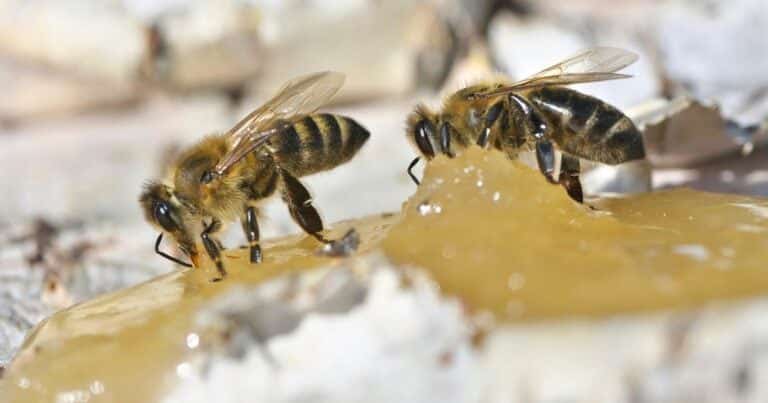Murdering Hornets Part 2: A Hundred Million Dollar Headache
Vespa mandarinia, the Asian giant hornet, or ‘murder hornet’ is the largest eusocial wasp in the world. This species is responsible for up to fifty human fatalities in Asia every year and can completely destroy honey bee colonies within hours.

Asian giant hornets were first recorded in North America with the discovery of three specimens on Vancouver Island in August 2019.
No one knows how they arrived in Canada, but it is possible they were introduced via the illegal importation of live specimens for food or medicinal usage. Alternatively, a single fertilised queen could have inadvertently entered the country aboard a shipping container; the long journey from Asia could have coincided with the hornet’s natural phase of hibernation.
By the end of 2019, three more of the giant hornets had been discovered in isolated incidents across the border, in the neighbouring State of Washington, in the United States. A total of eight more, including at least two queens, were detected in the months leading up to September 2020, during which another six were found.
On 24 October 2020 a nest was eradicated in the cavity of a tree near Blaine, in Whatcom County, Washington. The nest contained around 500 hornets, including some 200 queens.
Additional undiscovered nests were also believed to exist, given the breadth of territory in which individual insects had been located. There were two more isolated sightings in British Columbia in late 2020.
The first live sighting of 2021 also occurred in Whatcom County, in early August. Entomologists were able to capture three hornets, which were fitted with tracking devices and subsequently released.
One of these led them to the nest, which was discovered on August 19 at the base of a dead alder tree about three kilometres from the site of the nest destroyed the previous year and less than half a kilometre from the Canadian border.
Authorities vacuumed more than a hundred worker hornets from the nest before commencing excavation. The nest comprised nine layers of comb and contained around another 1,500 hornets in various stages of development. More of the insects were caught in the vicinity using nets.
The leading entomologist involved in the operation noted the continuing importance of public reporting since this had resulted in the early detection of the nest, prior to the production of a new generation of queens. However, he also noted that more nests were to be expected.
Of further concern, DNA analysis of specimens recovered from British Columbia and Washington suggests that three separate introductions of the species occurred, all within a matter of months.
Another entomologist from the Washington State Department of Agriculture has stated that they have embarked upon a full-scale hunt to track down the hornets, but that if the invasive insects cannot be prevented from establishing in the next couple of years, it will probably be too late.
The problem is compounded by the difficulty inherent in locating nests, and by the annual hibernation of fertilised queens, which means that countless new colonies could be founded each spring. Positive identification is an issue too, as there are many native lookalikes, including the eastern cicada killer, which can be confused
with Asian giant hornets. A team of scientists from Montana State University conducted a risk assessment of the likelihood of V. mandarinia establishing populations throughout Idaho, Montana, Oregon and Washington, and concluded that there was a medium to high risk of the species colonising 143 of a total of 175 counties appraised, based upon factors such as temperature and the availability of suitable habitat.
Asian giant hornets are particularly drawn to bee hives in late summer, as honey bees represent a valuable source of protein for the development of drones and future queens.
Putting aside the potential danger of interactions with humans, it is feared that if the hornets become established, they could decimate bee populations, in addition to preying upon a variety of native insects, and thereby have a disastrous effect upon local ecosystems, as well as crop pollination and the production of honey.
It’s been estimated that the potential cost to agriculture and apiarists could exceed US$110 million per year, together with an additional expense of US$110 million for control measures.
As one of the entomologists from the WSDA observed, they are in a race against time. Murder hornets could become a killer headache.



